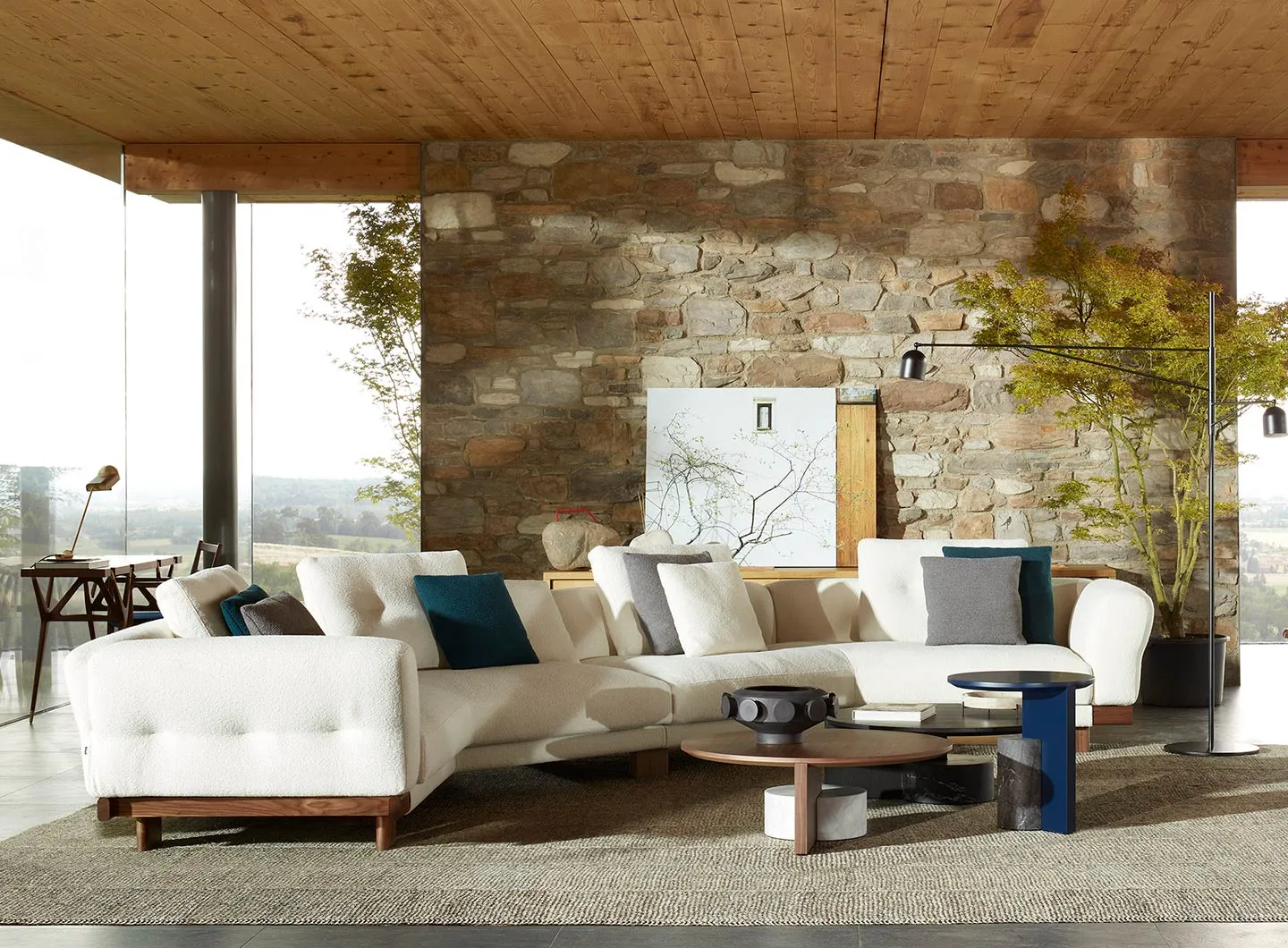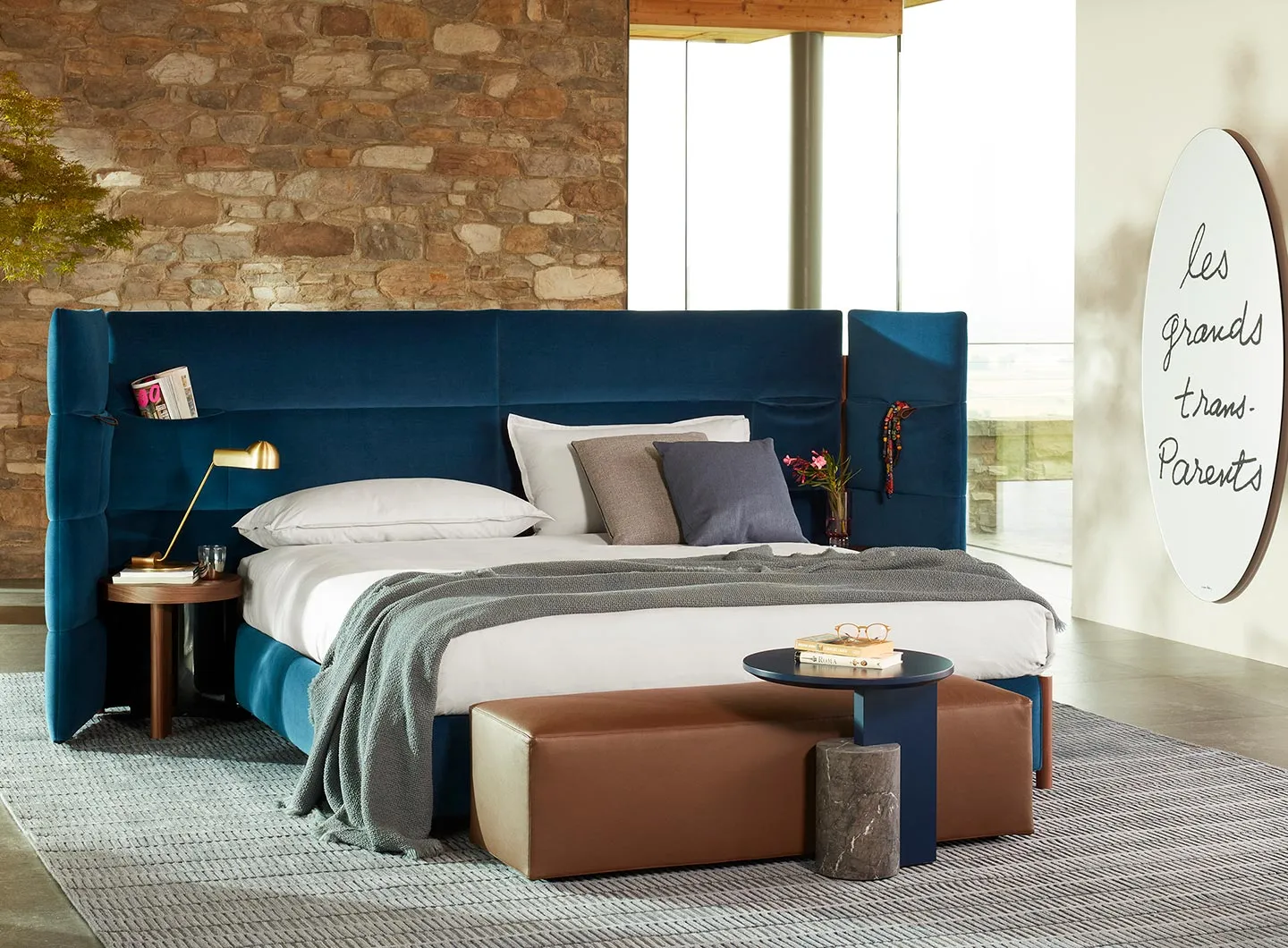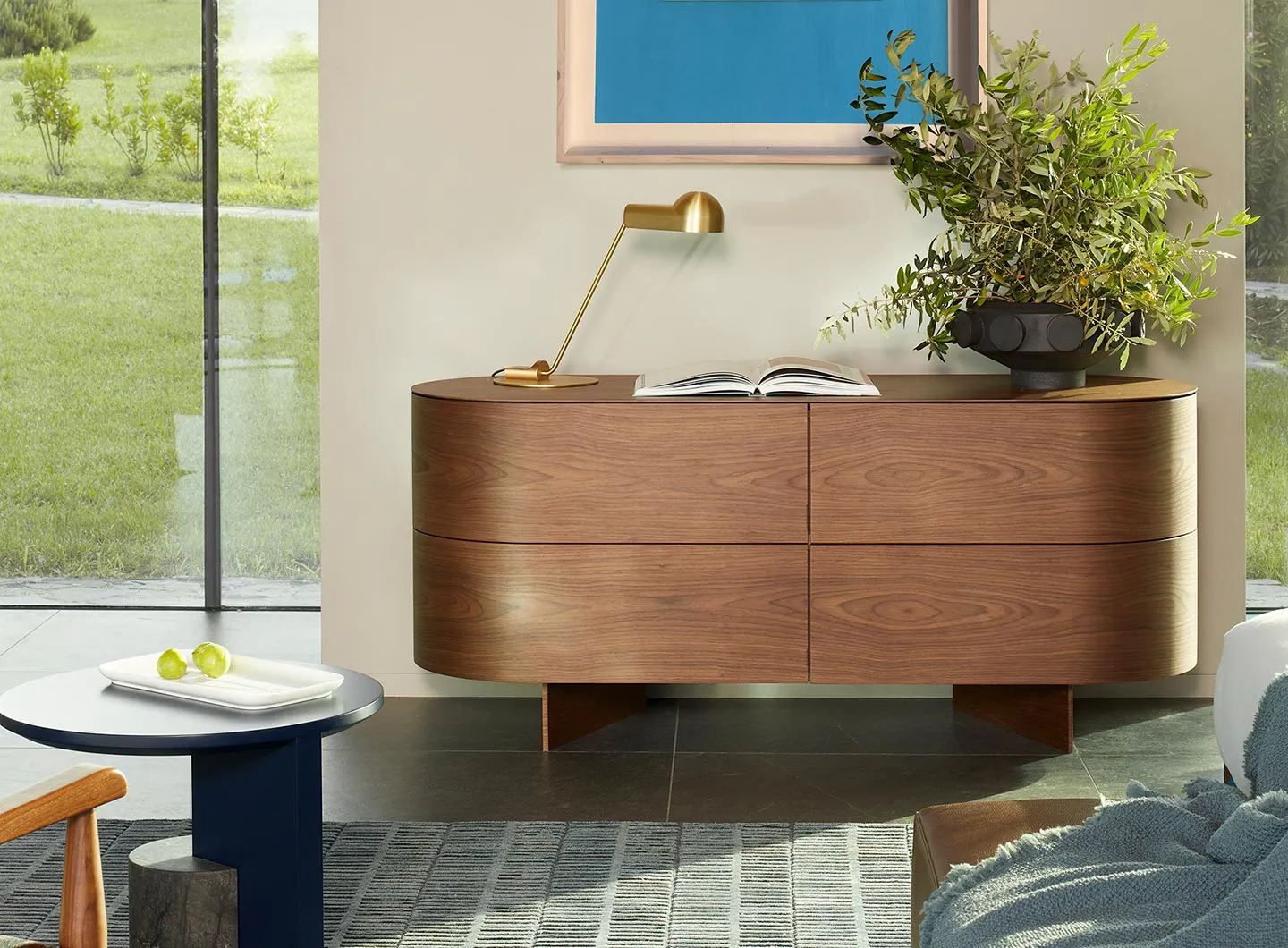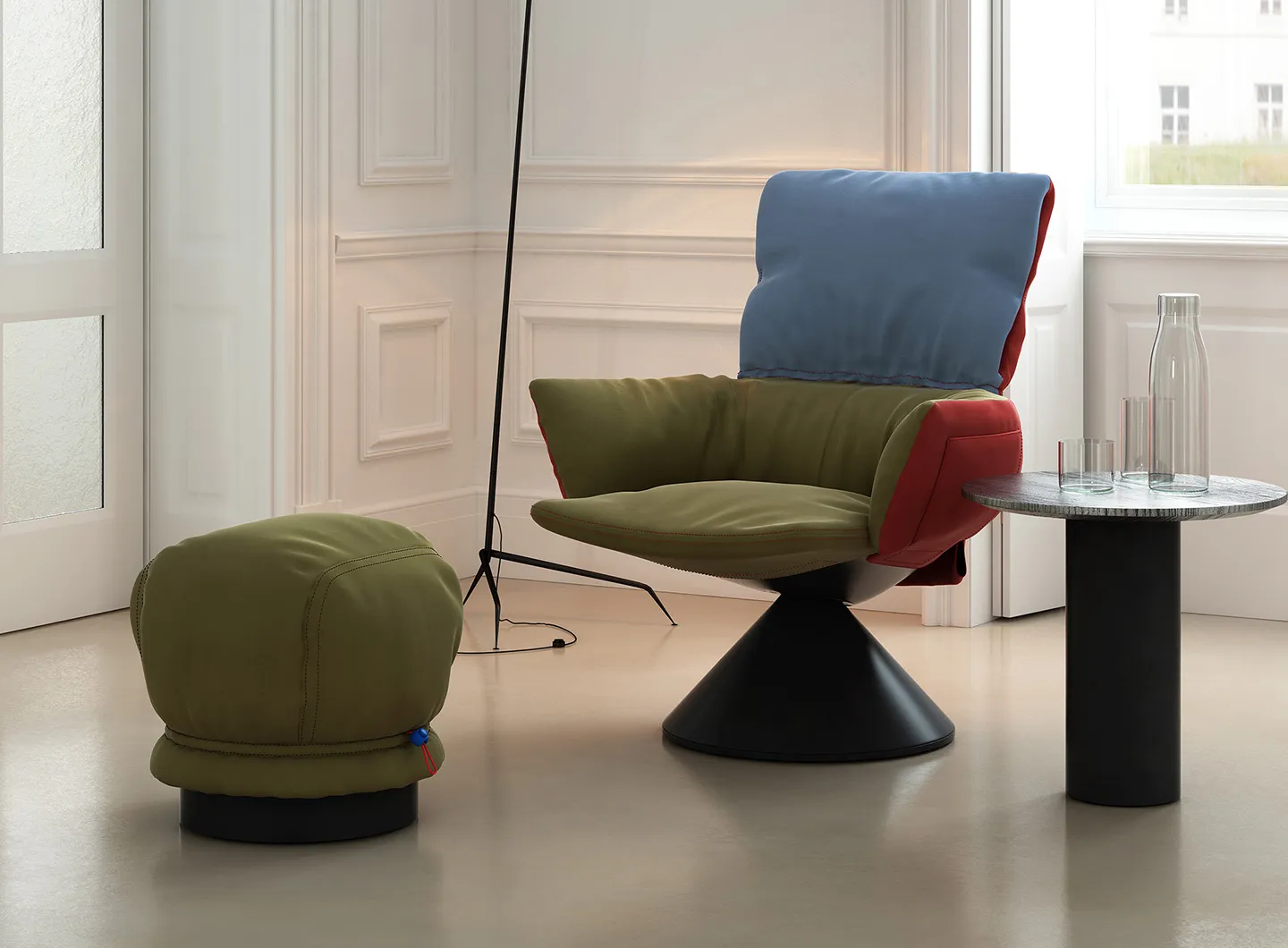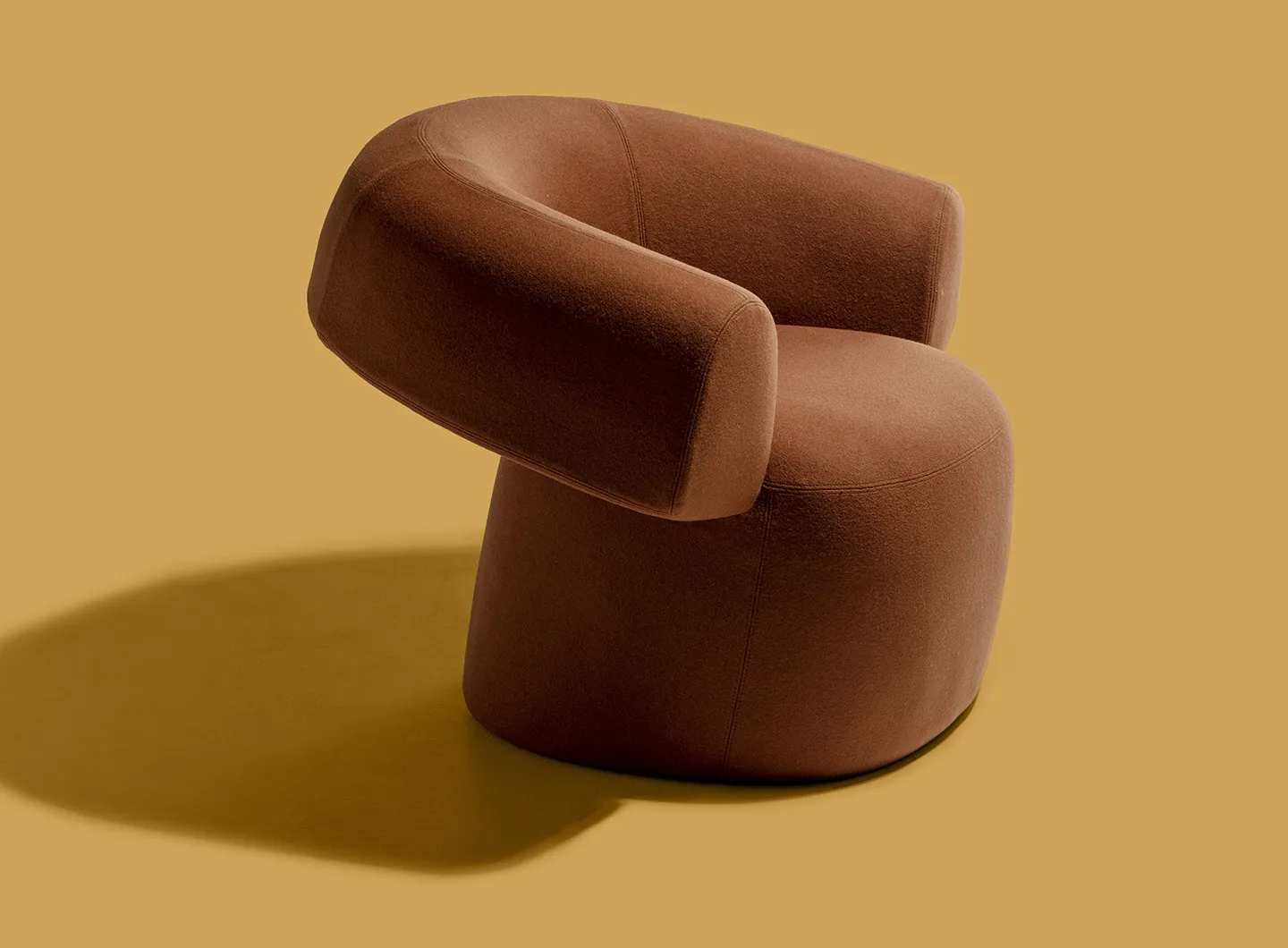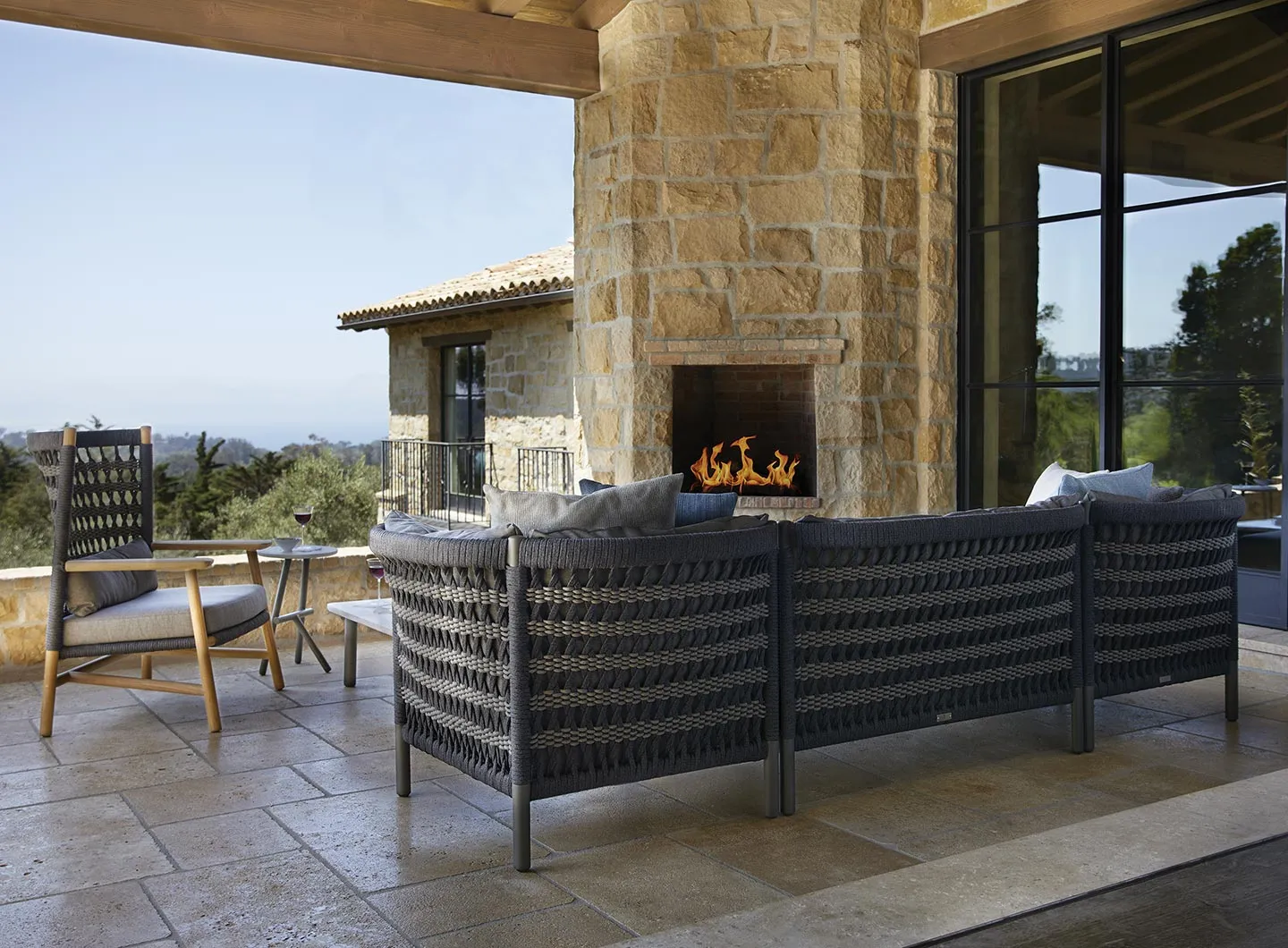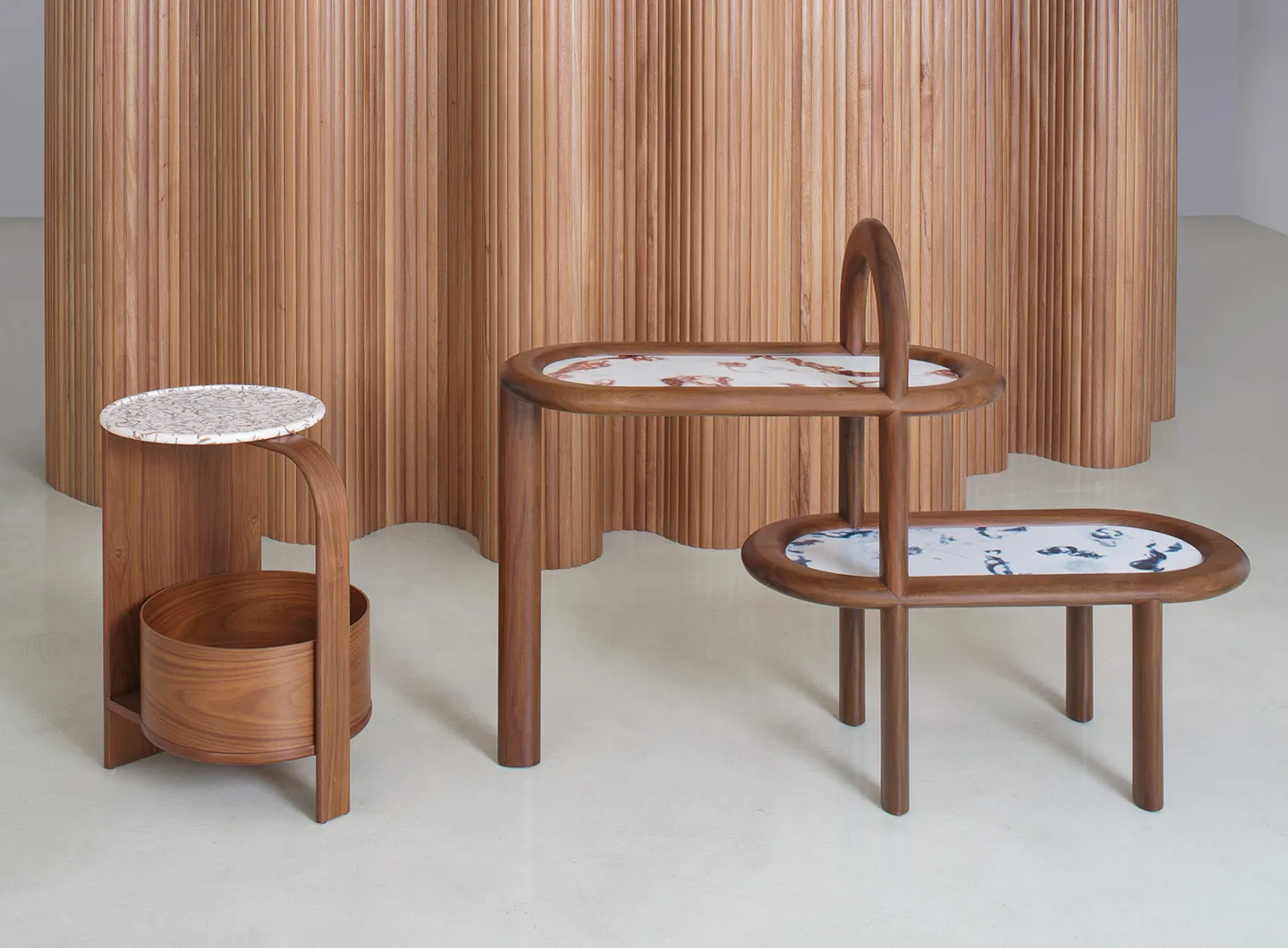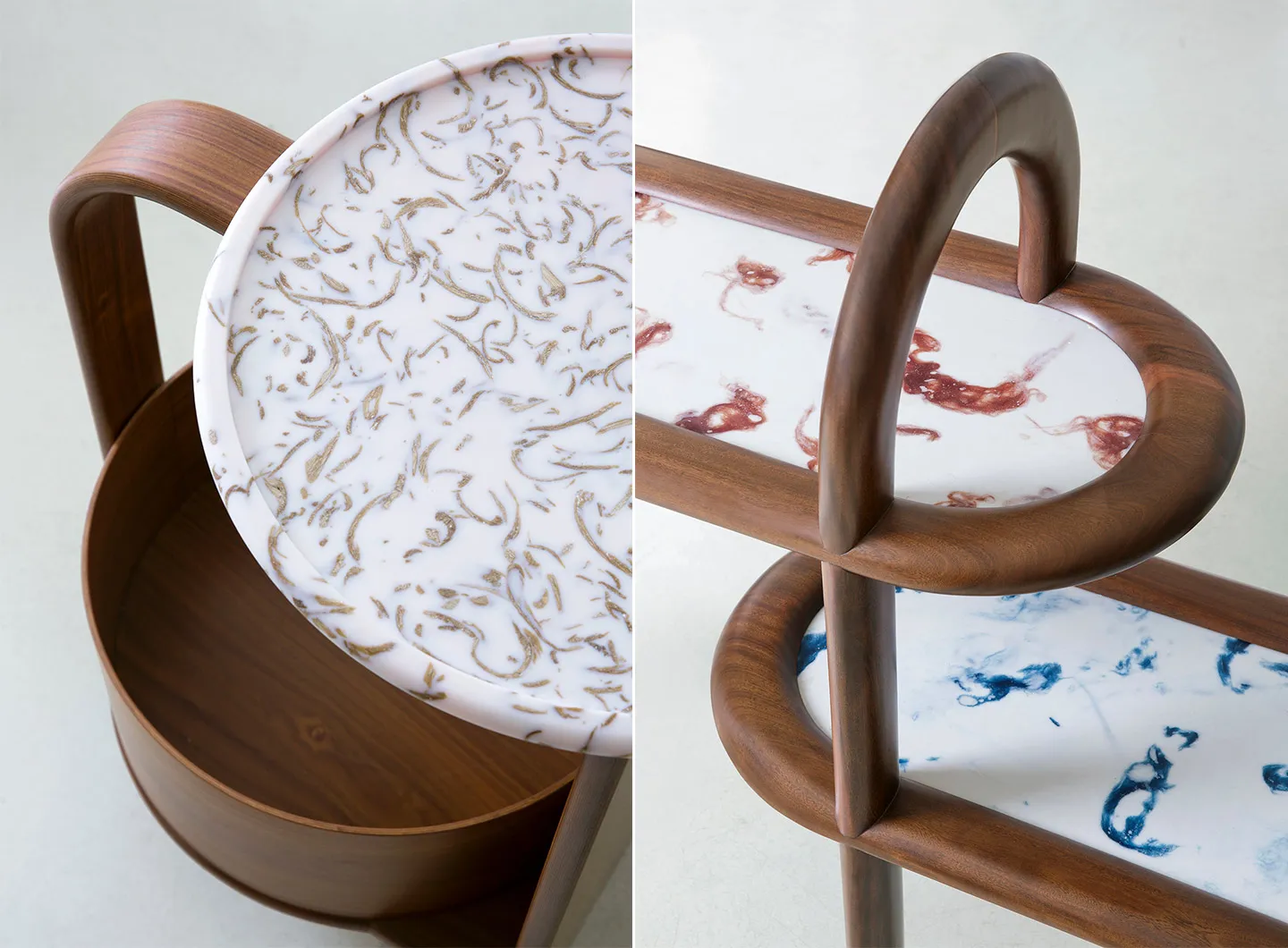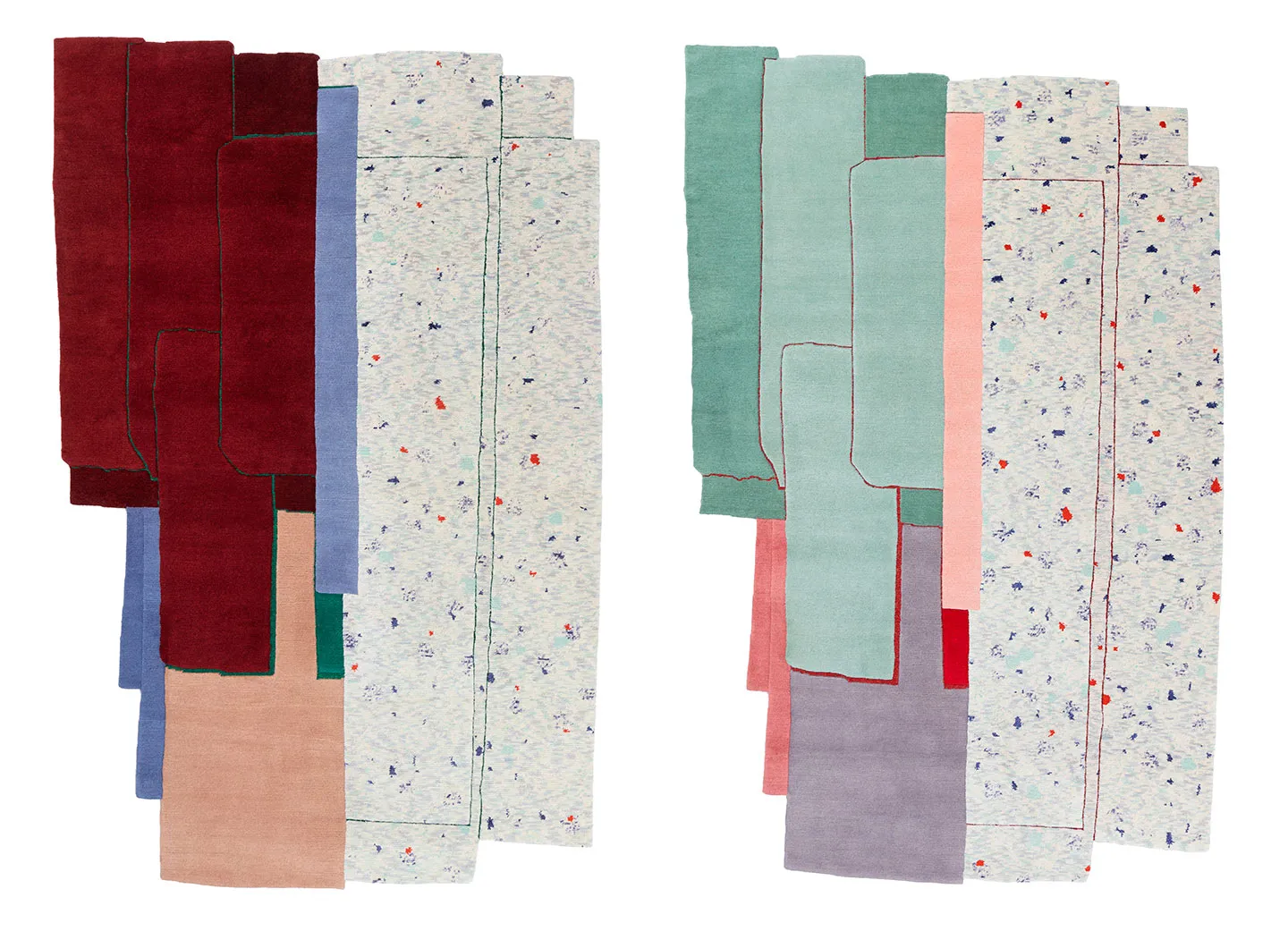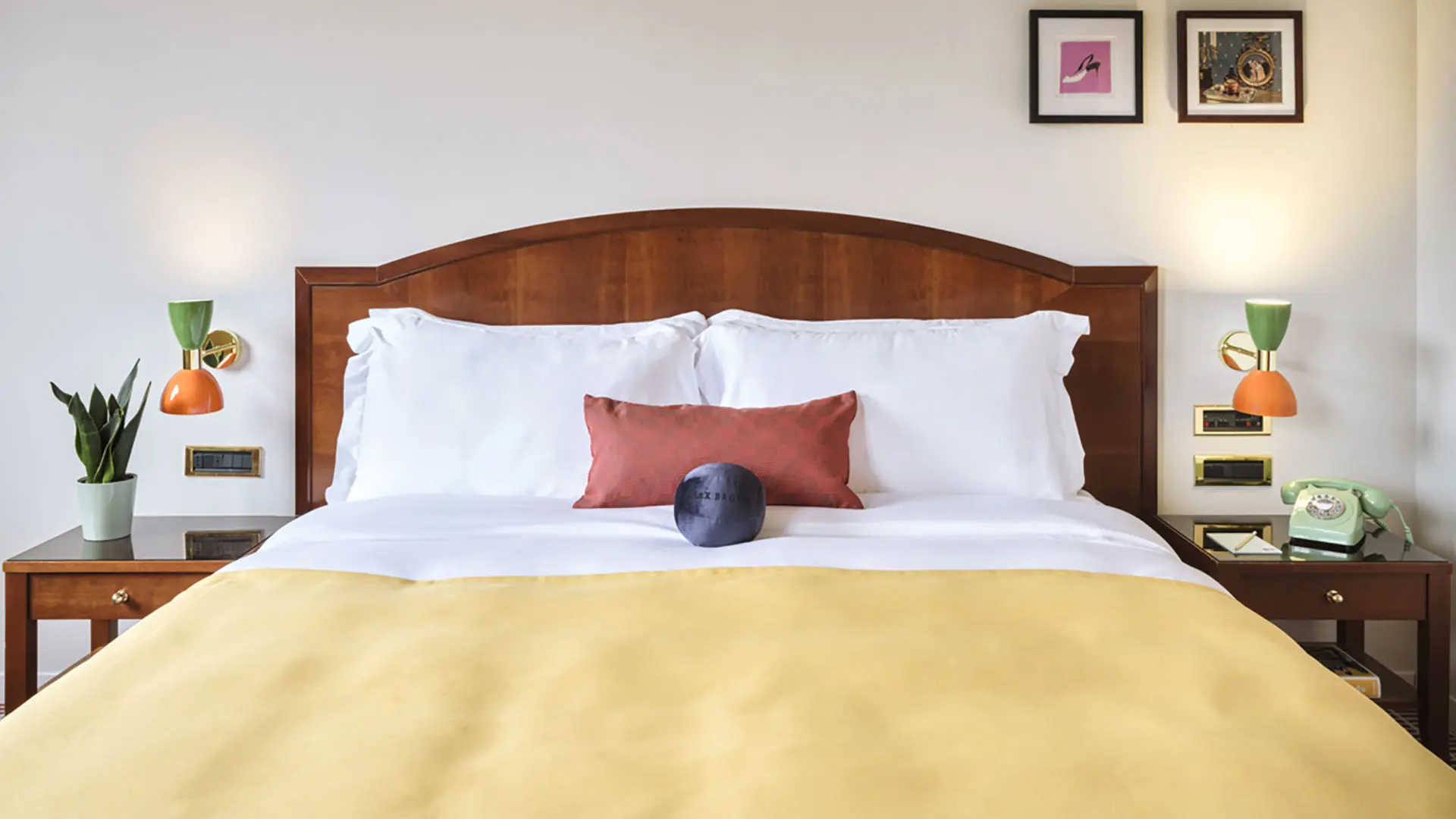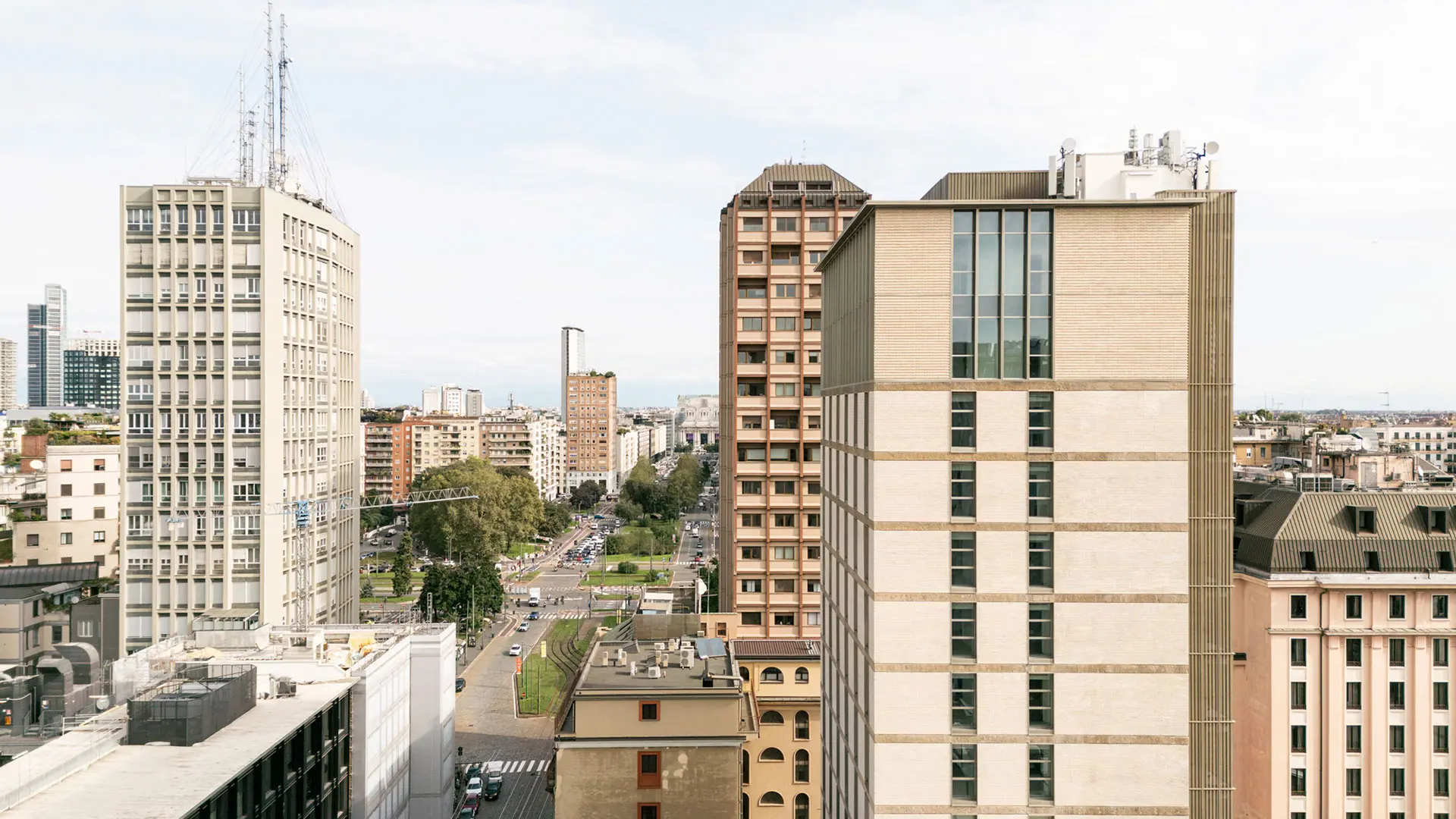In partnership with MiCodmc, a selection of establishments ripe for discovery during the 63rd edition of the Salone del Mobile.Milano, from 8th to 13th April
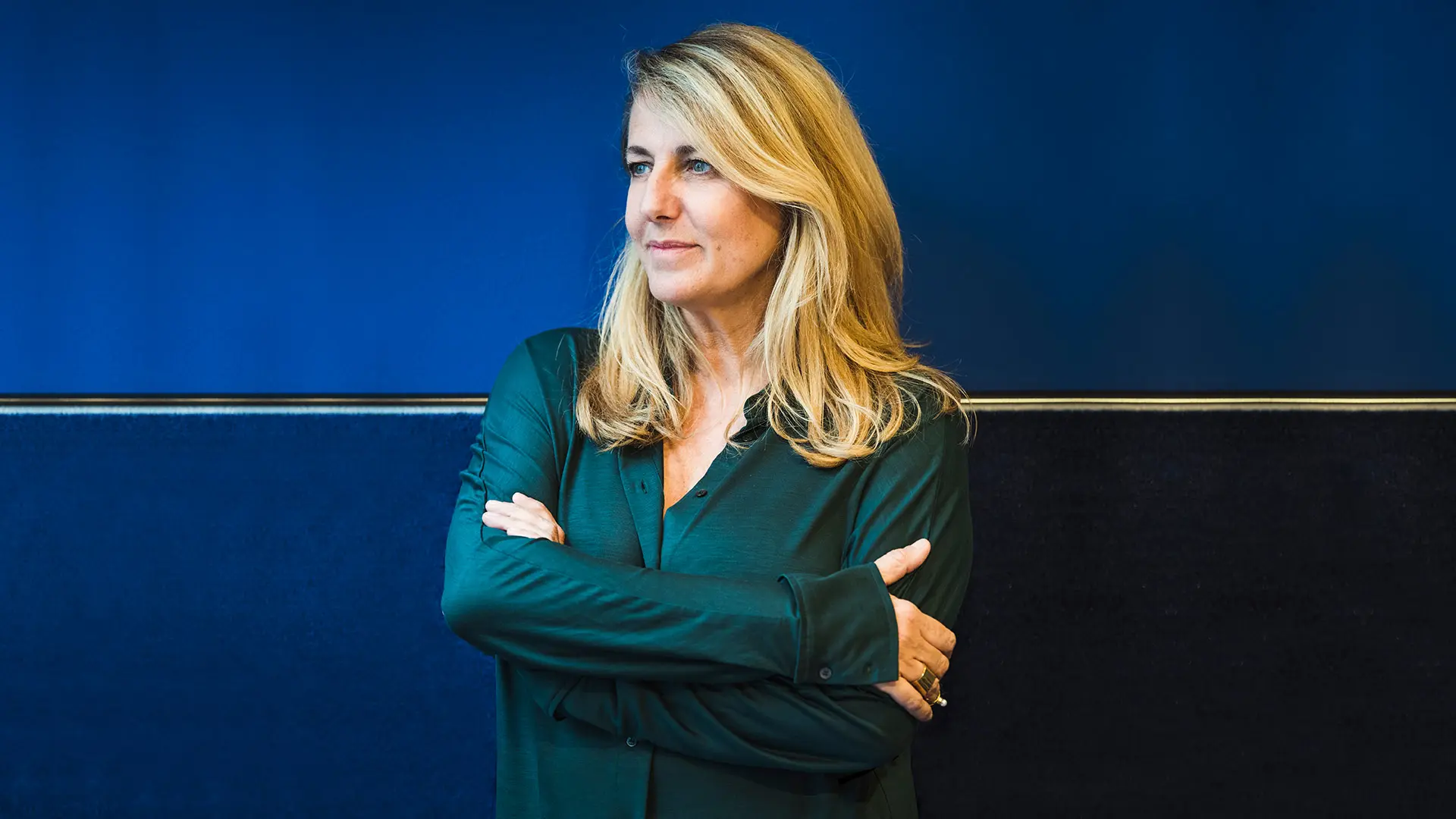
Photo by Massimiliano Sticca
Todays priorities? Reflecting on circularity, the use of bio-organic material and virtual consumption; on how to plan schedules and behaviours inside hybrid spaces.
Born in Oviedo (Spain) in 1961, Patricia Urquiola has made Italy her home for the last thirty years. After graduating, she worked as an assistant lecturer to Castiglioni, to Eugenio Bettinelli at the Milan Polytechnic University and at the ENSCI in Paris. She also had a lengthy partnership alongside Vico Magistretti at De Padova, and coordinated Lissoni’s design group. She set up her own studio in 2001, working for leading Italian and international companies in the product design, interior design and architecture sectors. She has netted sought-after commissions and international prizes, proving that talent and determination, exuberance and emotional charge really do go a long way. Empathy is the compass that guides her professional path – her design does not create distances but sets up relationships. Her work is a blend of traditional and contemporary, always with an eye to the future. For her, colour, material and light are the three interacting components, and every one of her projects is a reflection of what happens when they come together.
The studio stayed open and we worked remotely. I recreated a home office space at home, like many of us. Staff on the architecture and design teams could go into the office when necessary, to test a prototype or draw up material data sheets. I’d say it was a good method, we worked well, with renewed energy, and created what I like to call a ‘distanced community.’ We helped each other out, we arranged work calls, and informal ones, recommending which films to see and which books to read to each other. We used this tragedy to take a step back, to pursue and share our research and try to think around how to design the new normal, for us and for our clients in all the sectors in which we operate: product, residential, retail, hospitality, office and cultural collaborations that have gone digital, with Casamondo and the MAXXI museum, for example.
The role of the designer will change radically, it will evolve, we’ll be asked to design behaviours as well as products. In product design we’ll have to focus increasingly on circularity, it will have to become an essential condition. We will be asked – as we are already – to focus on the role and use of objects rather than on their properties. As designers, we’ll have to rethink time and how it can be organised within spaces that will become increasingly hybrid. I’m thinking about our home offices, but also about business offices, which will be organised more fluidly to adapt to the new needs. The challenge will be to make them totally safe and customisable, even on a short-term basis, with the onus on the emotional side.
Designing in Italy means working hand-in-hand with entrepreneurs, managers, engineers, workers who never say something can’t be done. Personally, I love challenges, I always try to do things that have never been done before, that seem impossible. Equally, I’ve found the same passion, the desire to push the boundaries, to try out new ways of using technology in the Italian companies. Every professional will do their best to tackle the challenge, they’ll go on thinking about it on their way home and eventually come up with a solution, in most cases. The people we work with in Italy fall in love with their projects just as we do and understand their overall value and the equal importance of looking after the product, the image, the catalogues, showrooms and fairs. We have to start from here, from our fundamental values, from what we know how to do best.
There was a discussion even before the pandemic about a lot of different factors, such as how to create circularity, materials research, the use of bio-organic materials and virtual consumption. Some responses have to be immediate, like those relating to solutions for working from home, medical assistance at home, hospitality safety, new forms of mobility. This situation is forcing us to take a brave leap forward. We should concentrate on two tasks: rather than just mending what we have broken, but also to rethink things that have already worked, ramping up positive processes such a zero-emissions transport, going back to a sharing economy, investing in renewable energy sources. So many different, important challenges.
I haven’t got a style, I don’t like defining the way I express myself. Every project is different, you could say that it’s a new journey that begins with every client. Empathy, dialogue and cross-pollination are my mantras, and they guide my design, allowing me the freedom to move fluidly from a micro to a macro scale.
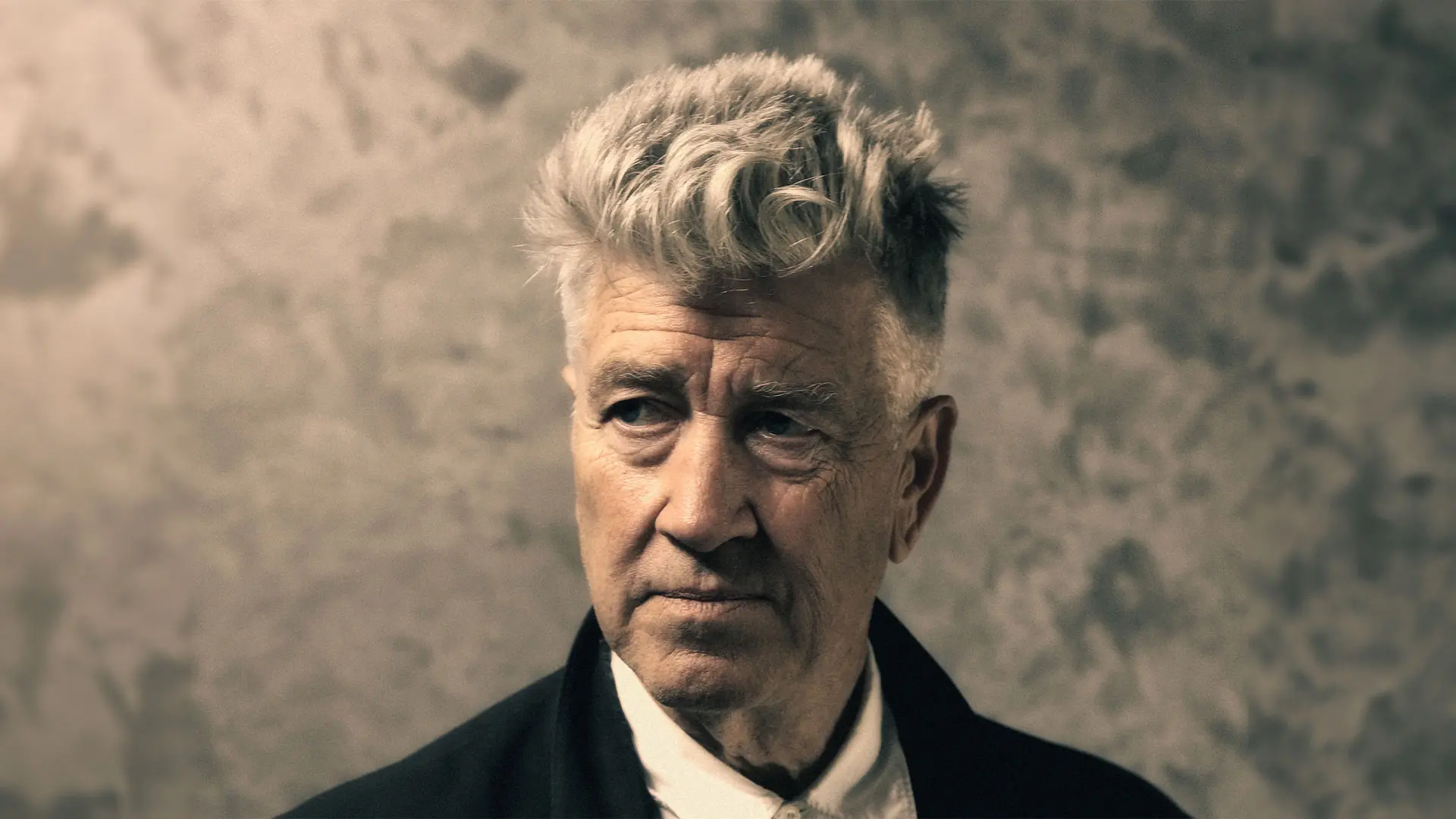
In memoriam: David Lynch
The American director has left us at the age of 78. The Salone del Mobile.Milano had the honor of working with him during its 62nd edition, hosting his immersive installation titled “A Thinking Room”. An extraordinary journey into the depths of the mind and feelings. His vision will continue to be a source of inspiration.



 Stories
Stories
